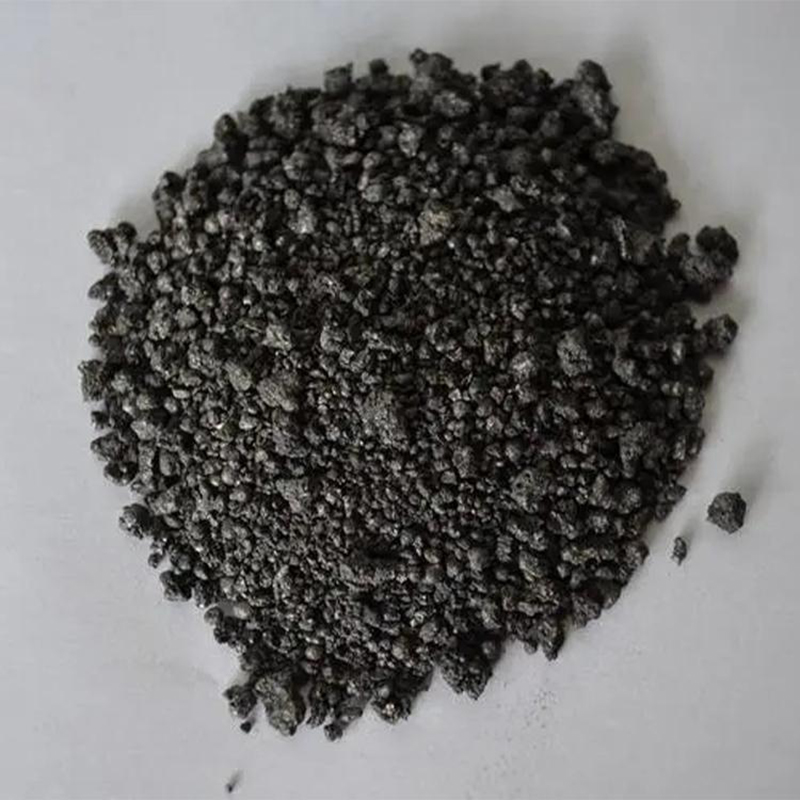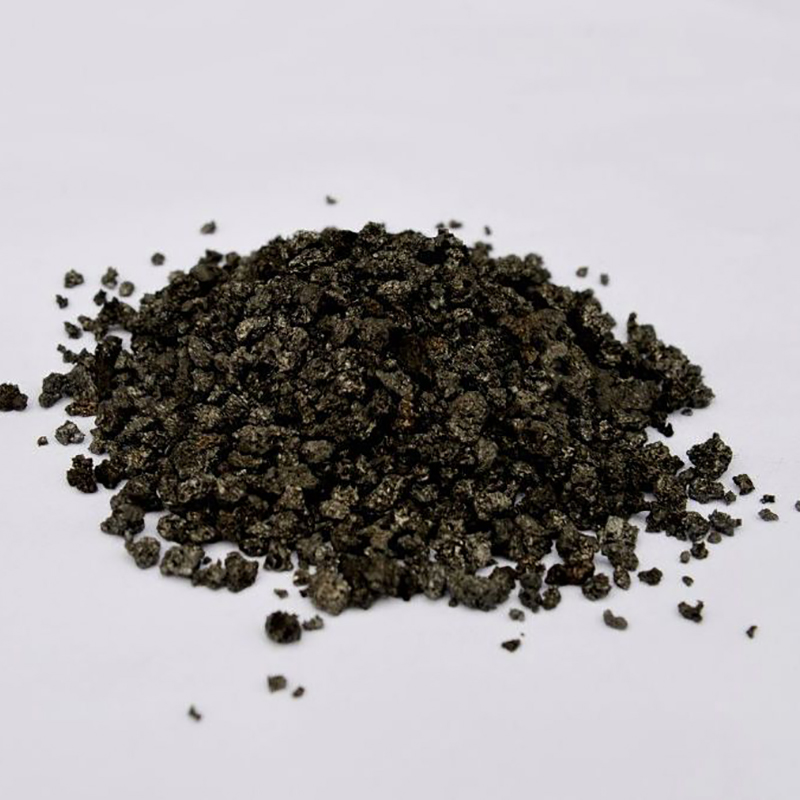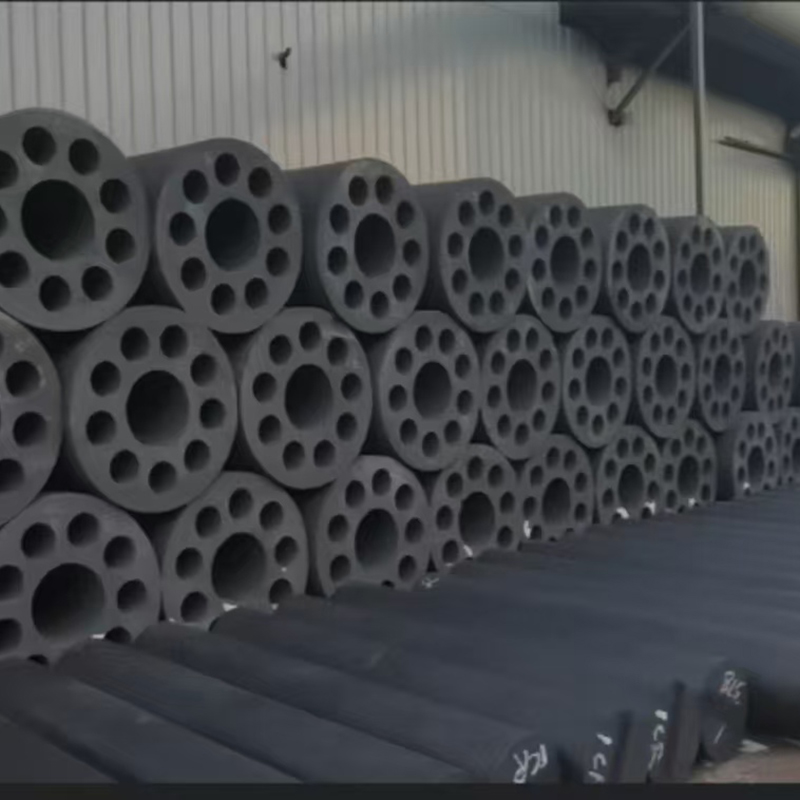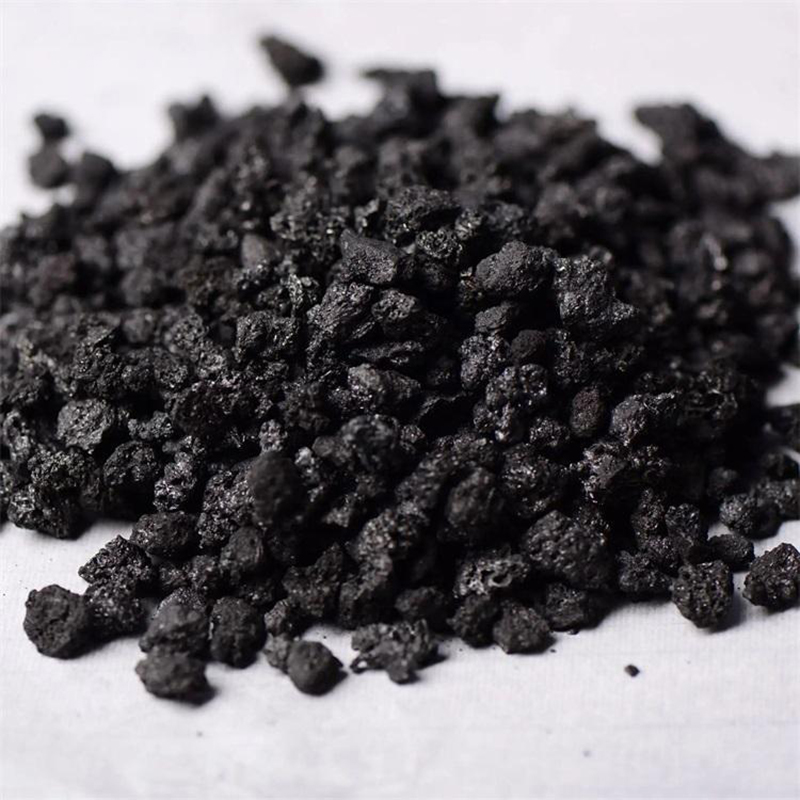- Chinese
- French
- German
- Portuguese
- Spanish
- Russian
- Japanese
- Korean
- Arabic
- Irish
- Greek
- Turkish
- Italian
- Danish
- Romanian
- Indonesian
- Czech
- Afrikaans
- Swedish
- Polish
- Basque
- Catalan
- Esperanto
- Hindi
- Lao
- Albanian
- Amharic
- Armenian
- Azerbaijani
- Belarusian
- Bengali
- Bosnian
- Bulgarian
- Cebuano
- Chichewa
- Corsican
- Croatian
- Dutch
- Estonian
- Filipino
- Finnish
- Frisian
- Galician
- Georgian
- Gujarati
- Haitian
- Hausa
- Hawaiian
- Hebrew
- Hmong
- Hungarian
- Icelandic
- Igbo
- Javanese
- Kannada
- Kazakh
- Khmer
- Kurdish
- Kyrgyz
- Latin
- Latvian
- Lithuanian
- Luxembou..
- Macedonian
- Malagasy
- Malay
- Malayalam
- Maltese
- Maori
- Marathi
- Mongolian
- Burmese
- Nepali
- Norwegian
- Pashto
- Persian
- Punjabi
- Serbian
- Sesotho
- Sinhala
- Slovak
- Slovenian
- Somali
- Samoan
- Scots Gaelic
- Shona
- Sindhi
- Sundanese
- Swahili
- Tajik
- Tamil
- Telugu
- Thai
- Ukrainian
- Urdu
- Uzbek
- Vietnamese
- Welsh
- Xhosa
- Yiddish
- Yoruba
- Zulu
- Kinyarwanda
- Tatar
- Oriya
- Turkmen
- Uyghur

How are electrode particles innovating energy storage?
2025-07-12
Electrode Particles: A Comprehensive GuideElectrode particles are crucial components in various electrochemical devices, significantly impacting performance and lifespan. This guide explores their characteristics, types, applications, and selection considerations.
Understanding Electrode Particles
What are Electrode Particles?
Electrode particles are microscopic materials used to construct the electrodes in batteries, fuel cells, supercapacitors, and other electrochemical systems. They provide a large surface area for electrochemical reactions to occur, influencing the overall efficiency and energy density of the device. The properties of these particles, such as size, morphology, and composition, are critical factors determining device performance. The choice of electrode particles depends heavily on the specific application and desired characteristics.
Types of Electrode Particles
Various materials are employed as electrode particles, each with unique advantages and disadvantages. Common types include: Metal Oxides: Such as LiCoO2, LiMn2O4, and LiFePO4, widely used in lithium-ion batteries due to their high energy density. Carbon Materials: Including graphite, activated carbon, and carbon nanotubes, valued for their electrical conductivity and cost-effectiveness. These are often used in lithium-ion batteries and supercapacitors. Metal Sulfides: For instance, MoS2 and FeS2, which offer high theoretical capacities but can suffer from poor cycle life. Conducting Polymers: Like polyaniline and polypyrrole, known for their flexibility and potential for high energy density, but often exhibiting lower conductivity than other materials.

Factors Affecting Electrode Particle Performance
Several factors significantly influence the performance of electrode particles:
Particle Size and Morphology
The size and shape of electrode particles directly affect the surface area available for electrochemical reactions. Smaller particles generally provide larger surface areas, leading to improved rate capabilities. However, extremely small particles can lead to increased aggregation and reduced stability. The morphology, or shape, also plays a role; for example, porous particles can enhance electrolyte penetration and ion transport.
Material Composition
The chemical composition of electrode particles dictates their electrochemical properties, such as their voltage, capacity, and cycle life. Careful selection of materials is crucial to optimize device performance. For example, the choice between LiCoO2, LiMn2O4, and LiFePO4 in lithium-ion batteries involves a trade-off between energy density, cost, and safety.
Surface Coating and Modification
Surface modifications, such as coatings or doping, can improve the performance and stability of electrode particles. Coatings can enhance electronic conductivity, prevent particle aggregation, and improve the interface between the particles and the electrolyte. Doping can alter the electronic structure and improve electrochemical properties.

Applications of Electrode Particles
Electrode particles are essential components in a wide range of electrochemical devices:
Lithium-ion Batteries
These batteries power many portable electronic devices and electric vehicles. The performance of lithium-ion batteries heavily relies on the properties of the electrode particles used in the cathode and anode. Hebei Yaofa Carbon Co., Ltd. (https://www.yaofatansu.com/) is a leading supplier of high-quality carbon-based materials used in lithium-ion battery electrode particles.
Fuel Cells
Fuel cells convert chemical energy into electrical energy, offering a clean and efficient power source. The choice of electrode particles in fuel cells depends on the type of fuel used and the operating conditions.
Supercapacitors
Supercapacitors are energy storage devices capable of delivering high power and fast charging rates. They often utilize carbon-based electrode particles due to their high surface area and electrical conductivity.
Choosing the Right Electrode Particles
Selecting appropriate electrode particles requires careful consideration of the specific application and desired performance characteristics. Factors such as energy density, power density, cycle life, cost, and safety must be evaluated.
Conclusion
Electrode particles are fundamental components in various electrochemical technologies. Understanding their properties, selection, and applications is essential for developing high-performance devices. Further research and development in this area are crucial for advancing energy storage and conversion technologies.table { width: 700px; margin: 20px auto; border-collapse: collapse;}th, td { border: 1px solid #ddd; padding: 8px; text-align: left;}th { background-color: #f2f2f2;}









